Understanding Spherical Aberration and Why Lenses Have Aspherical Elements
What is Spherical Aberration
Spherical aberration is a specific problem caused by using spherical lens elements. When light passes through a spherical lens element, the edge part of the lens can’t bring light rays to the same focus as the central part. The rays passing through the outer zones of the lens (the marginal rays) are refracted more strongly than the rays passing near the center (the paraxial rays). This difference in refraction causes the marginal rays to cross the optical axis closer to the lens than the paraxial rays. As a result, the light is imaged into a blurry circle instead of a point on the focal plane.
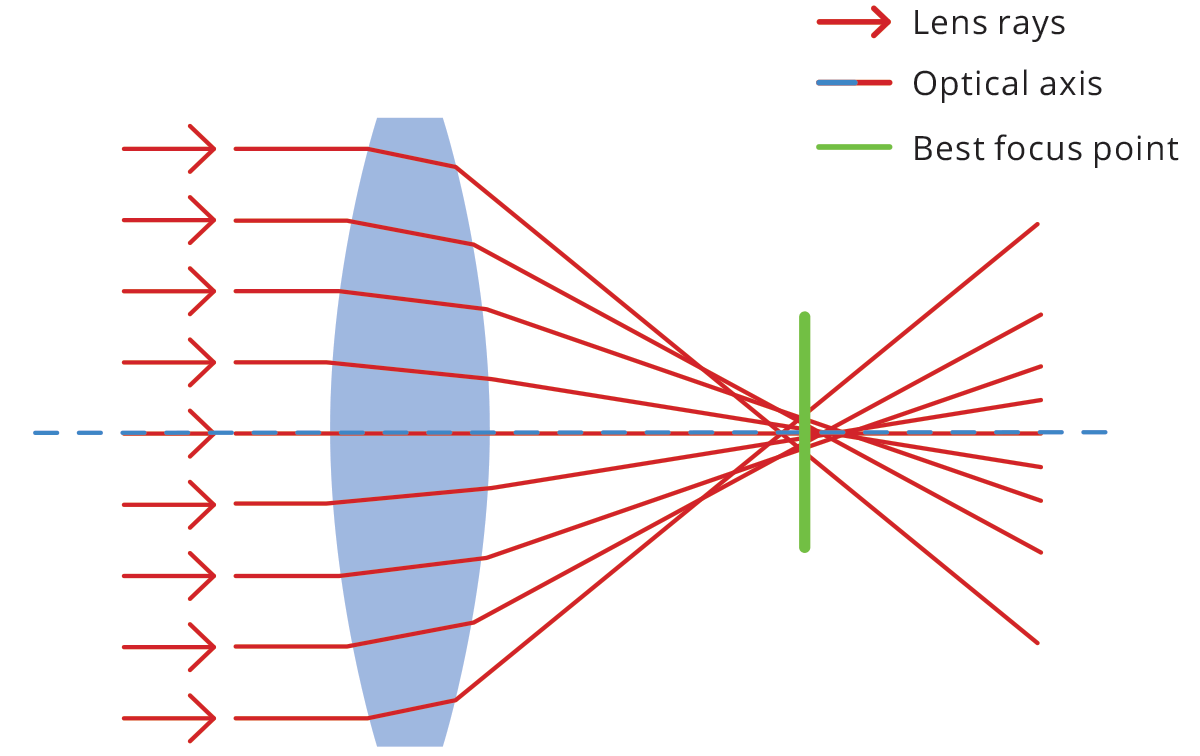
Spherical Aberration Principle (Opto Engineering)
Spherical aberration increases significantly as the diameter of the lens (aperture) increases. Consequently, it is particularly problematic in fast lenses with low f-numbers, where the aperture is large relative to the focal length, and the light beam entering the image plane is wide. This issue is crucial for applications demanding high resolution and clarity, such as astronomical telescopes, large-aperture camera lenses, and precision optical instruments.

Image with Uncorrected Chromatic Aberration Lens (Soft Focus)
This defect arises from the fundamental geometry of a sphere: only a parabolic surface can perfectly focus a beam of light to a single point. Since spherical surfaces are significantly easier and cheaper to manufacture than aspherical ones, they are the industry standard, and thus, spherical aberration is a common, intrinsic flaw. Although spherical aberration is an optical flow, such defects lead to a special look. It creates a very blur image in focus, and a very soft bokeh in out-of-focus areas. Many photographers consider it a dreamy look. These lenses with uncorrected spherical aberration are often called soft focus lenses.
Aspherical Solution to Spherical Aberration
The most effective method for correcting spherical aberration and improving image sharpness in optical systems is the use of aspherical lens elements. Aspherical lenses are precisely engineered with a surface profile that deviates from the shape of a perfect sphere or cylinder. The shape of an aspherical surface is defined by a mathematical equation, often a conic section or a high-order polynomial.
This variable non-uniform curvature is calculated to introduce precisely the right amount of radial power correction necessary to achieve a constant focal length for all incident rays. In effect, the lens's design ensures that the increased refraction angle of peripheral rays is perfectly compensated, causing all light to converge onto a single, sharp focal point.
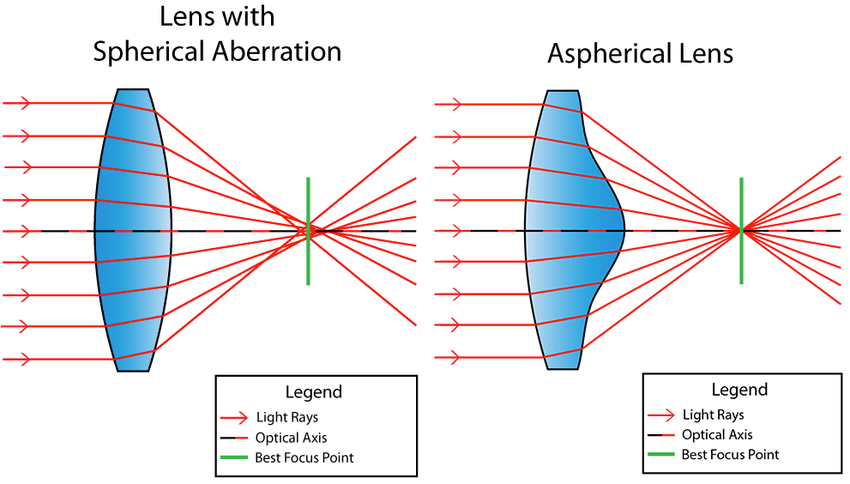
Principle of Aspherical Lens Adjusting Light Path (Mirasol-Menacho, Sebastián)
A single aspherical element can accomplish the aberration correction of a complex assembly of several spherical elements. The integration of aspherical lens components is crucial for achieving clean image reproduction in modern cinema. For certain focal lengths in DZOFILM Vespid 2 series, the manufacturer has focused its engineering efforts on leveraging Definitive-Precision-Grinding and Molding Aspherical lens elements to achieve superior aberration correction. By introducing a precisely calculated, non-uniform radial curvature, the aspherical element counteracts spherical aberration, ensuring that the light wavefront collapses onto a single focal plane.

Image Shot by Vespid 2 35 mm T1.9
Manufacturing Difficulties of Aspherical Lens Element
The idea of aspherical lenses were mathematically described by French physicist Alexis Clairaut in the 18th century, but the practical aspherical lenses were manufactured in the 1950s. The manufacture of aspherical lenses requires mathematical precision and complex industrial processes. In the 1980s, the rise of computer-controlled polishing and molded glass/plastic aspheres made aspherical lenses popular in lens design.
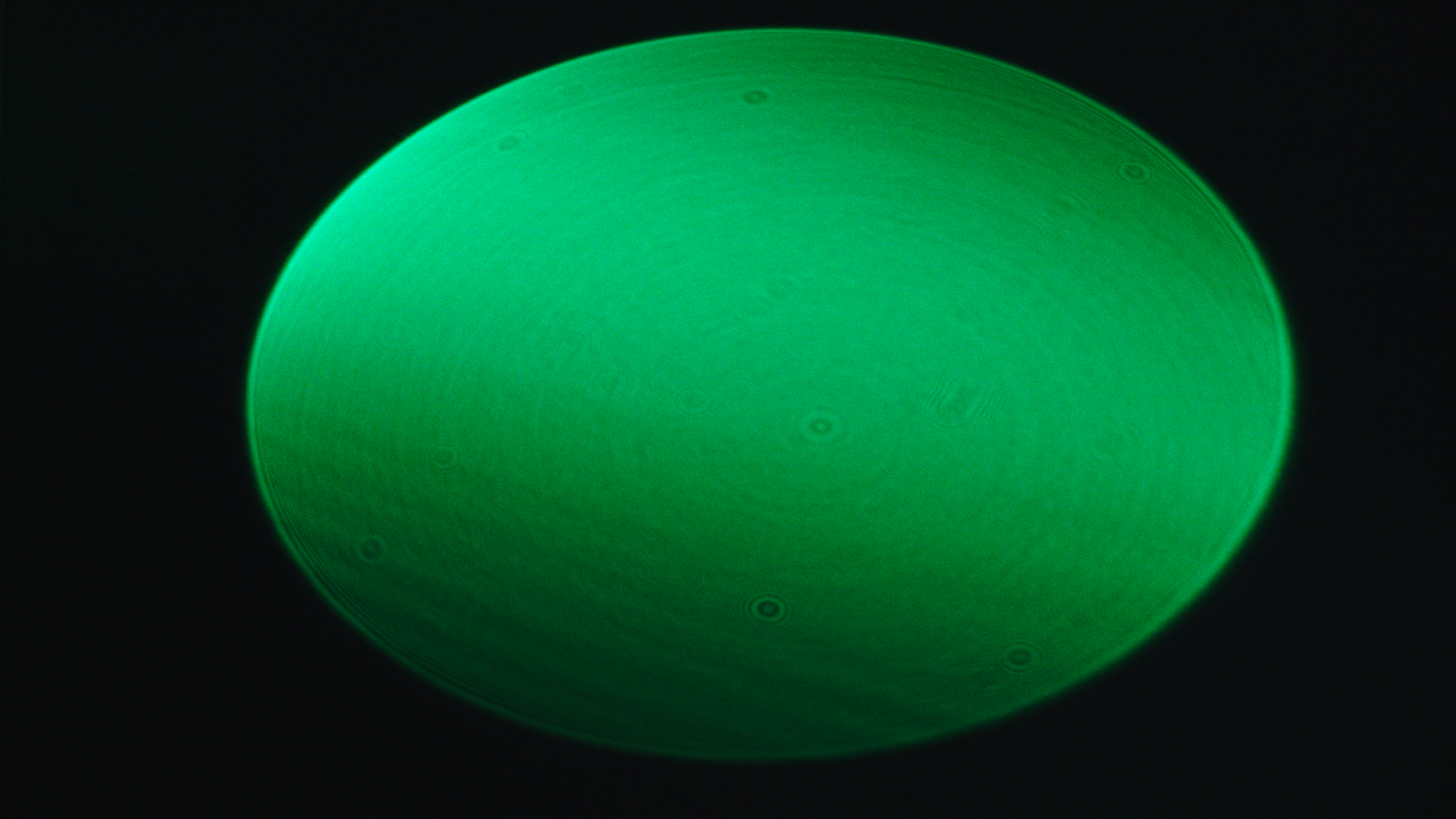
Onion Ring Caused By Aspherical Lens Element
Because of the complex production requirements of a non-spherical surface, any deviation from the mathematically defined profile can introduce undesirable optical flaws, which creates the distracting "onion ring" pattern in bokeh highlights.
The key to eliminating these flaws, such as the "onion ring" bokeh, lies in employing high-precision lens manufacturing techniques. DZOFILM specifically developed the Definitive-Precision-Grinding and Molding process and incorporated it into the aspherical lens elements for Vespid 2 series. By significantly increasing the grinding precision, DZOFILM ensures that the lens surface is virtually flawless. This technical mastery provides flawless out-of-focus areas in the Vespid 2 lenses with aspherical elements, yielding smooth and pleasing bokeh.
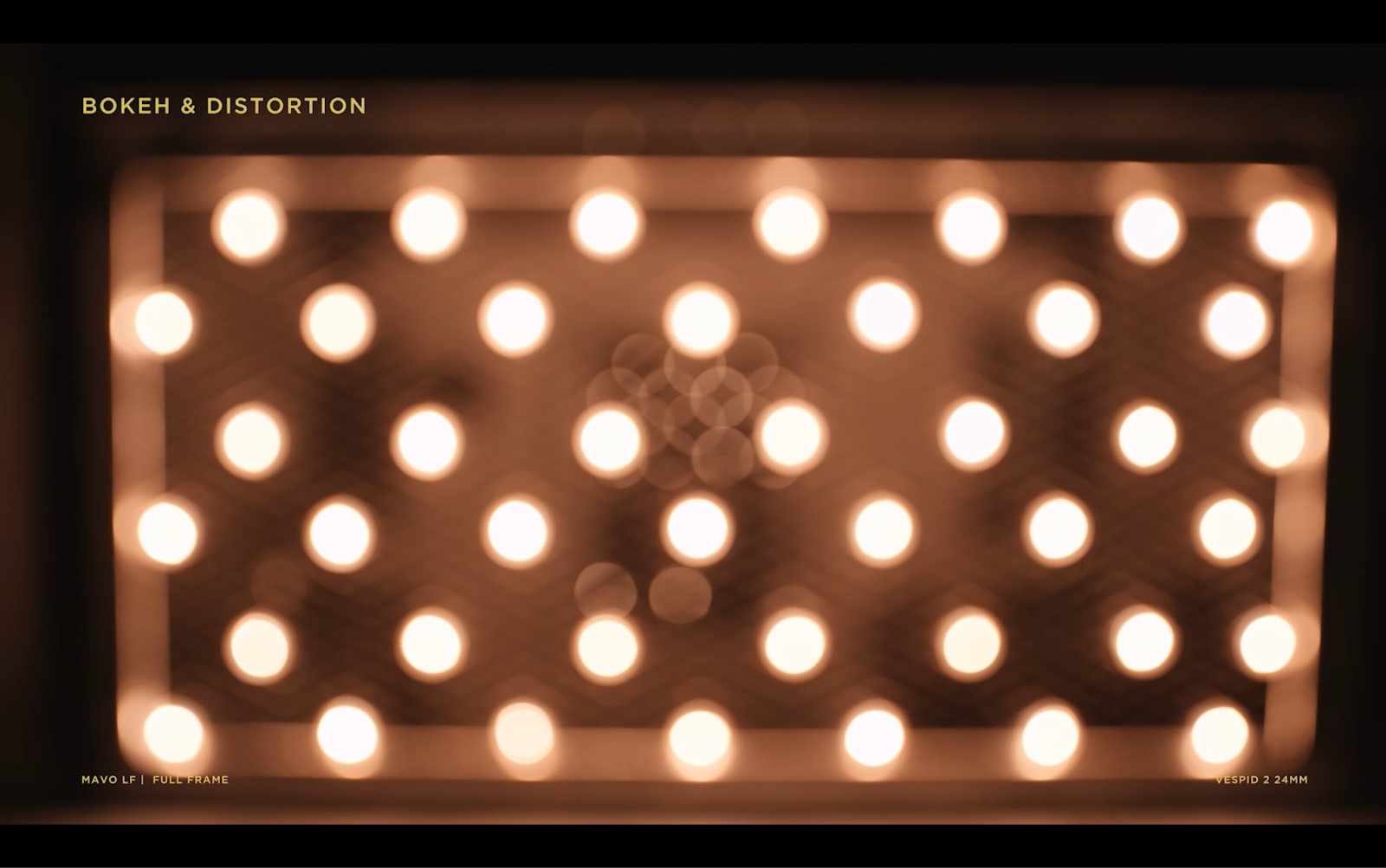
Bokeh of Vespid 2 24mm T1.9
DZOFILM's commitment to precision in its manufacturing process is paramount, relying on top-tier detection equipment to ensure every lens meets rigorous optical standards. The equipment rigorously analyzes surface roughness, and it's a crucial step to detect and eliminate imperfections that can degrade image quality. By meticulously checking both the surface form and roughness, DZOFILM guarantees superior performance.
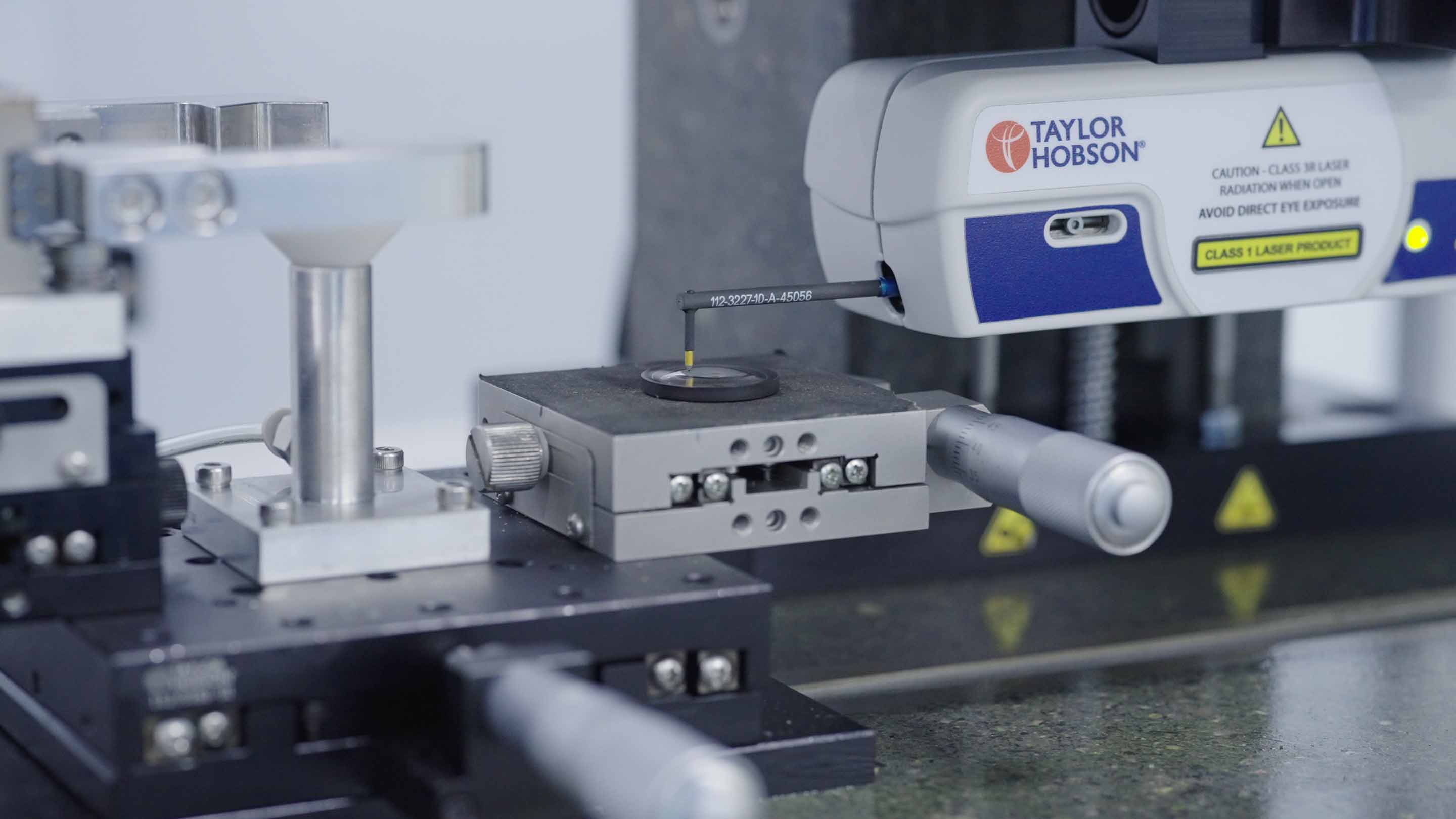
Aspherical Lens Testing Equipment
Advantage of Modern Lens Use Aspherical Element
The introduction of aspherical lens elements marked a paradigm shift in modern lens design. Their unique, non-spherical curvature is the central mechanism used to manage the complex physics of light refraction. Incorporating aspherical lenses has two benefits in lens design: a clean image and a compact lens design.
Aspherical lenses are essential for achieving the sharp, clean look. They are specifically engineered to control and often completely eliminate spherical aberration, which is the most common flaw in fast lenses. It prevents hazy and soft images — especially when shooting at a wide-open aperture. Furthermore, they are crucial for compensating for field distortion in complex wide-angle or zoom lens designs, ensuring straight lines remain straight across the entire image frame.

Image Shot by Vespid 2 18mm T1.9
This corrective power allows manufacturers to redesign lens construction. Historically, complex lens flaws required stacking multiple spherical elements together — often a bulky triplet or doublet system — to balance out individual aberrations. A single, precision-crafted aspherical element can now replace a handful of these conventional elements while achieving the same or better correction. This efficiency is the key to producing the compact, lightweight, and streamlined lenses that define modern equipment.

Compact Lens Design of Vespid 2
The practical consequence of this lens design is a massive reduction in the lens's physical size and weight. This shift is critical for contemporary cinema workflows: Miniaturization of performance and seamless rig integration.
For Vespid 2, which delivers a modern, clinically sharp image in a T1.9 lens and body of only around 800 grams. Aspheric lens elements in certain focal lengths enable the entire lens set to have a uniform exterior design. A consistent, low-weight lens body — paired with a uniform 80mm front diameter across the set—means cinematographers can rapidly swap lenses on gimbals, drones, and handheld rigs without the need for time-consuming rebalancing. This agility translates directly into faster, more efficient production on set.
Reference:
Mirasol-Menacho, Sebastián & Planells, Ana & Barba-Sevillano, Arturo & Segura Garcia, Jaume & Cobos-Serrano, Máximo & Giménez, Alicia. (2016). Development of a HMD for Virtual Acoustics. Application in a World Heritage (UNESCO) Building from the Valencian Civil Gothic. 241-250. 10.1007/978-3-319-40651-0_19.
Van Walree, Paul. (2012, July 23). Spherical aberration. https://web.archive.org/web/20120723065201/http://toothwalker.org/optics/spherical.html
Opto Engineering. Aberrations in optical systems. Aberrations in optical systems. https://www.opto-e.com/en/basics/aberrations
